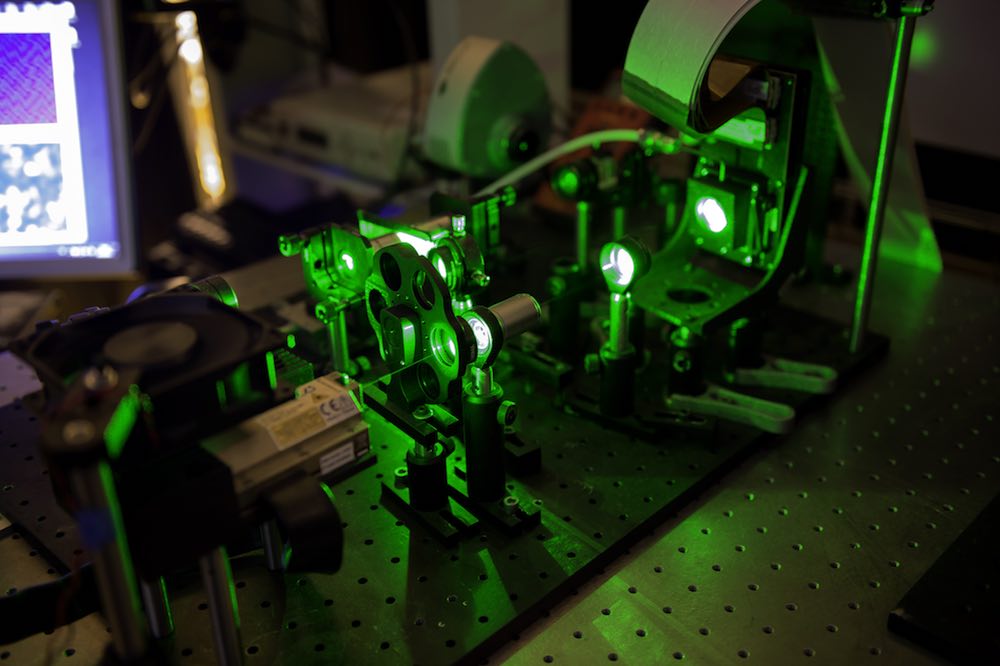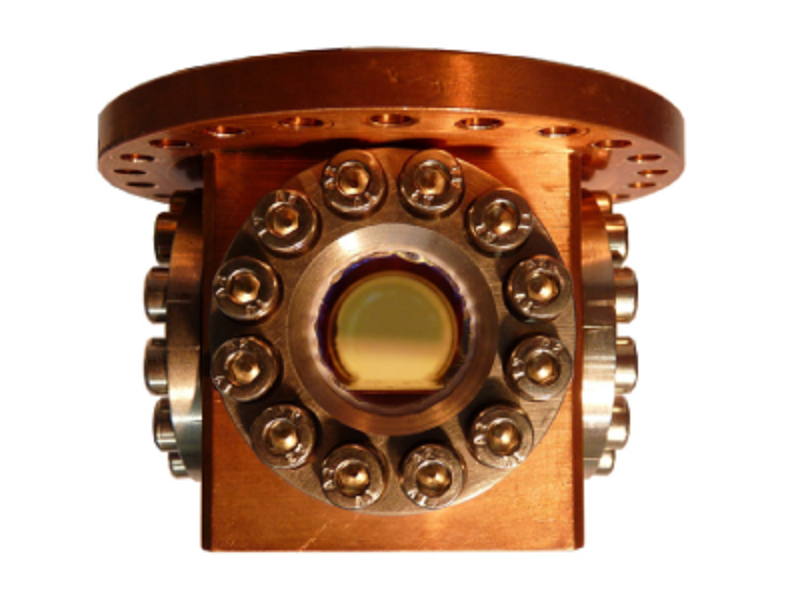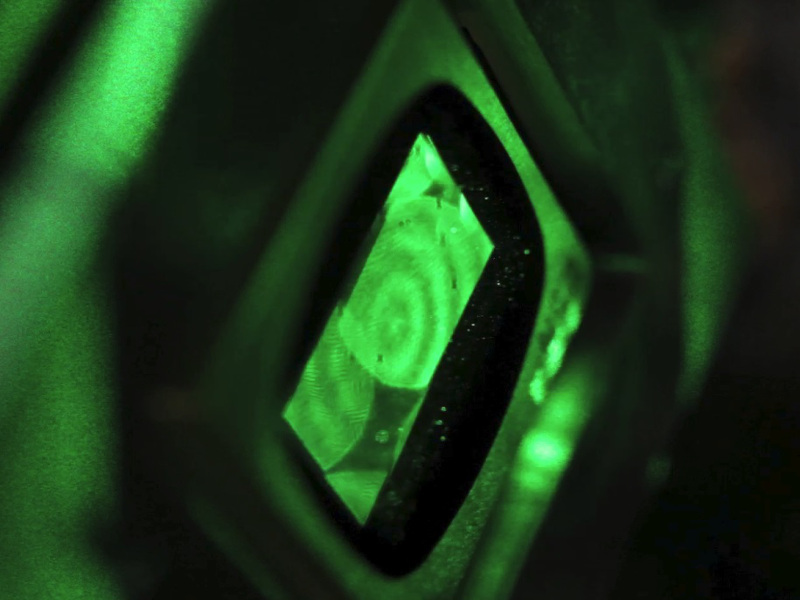This line of experimental and theoretical research ranges from work on Helium in its gas, liquid or solid phases, using optical or NMR techniques, to the study of coherent effects, propagation and control of light in disordered systems.

Research Teams
Polarised helium, quantum solids and fluids
The experiments of the “Polarised helium, quantum solids and fluids” research team involve both isotopes and all physical states of helium. Helium provides a wide range of outstanding model systems, in particular at low temperatures, with quantum solids and fluids that are either bosonic (in the case of helium-4) or fermionic (for helium-3 or isotopic mixtures). Helium, both in solid or liquid phase, is a dense system which is the subject of intense research. In another line of experiments, the polarized nuclei of helium-3 can be exploited as a highly sensitive probe in various situations. They are in particular used to study complex classical systems such as gas discharges and plasmas in a wide range of conditions, as well as highly magnetised liquids, and porous systems of various kinds, such as fractal silica aerogels and lung airspaces.
As regards theory, in line with seminal work on dilute quantum fluids (in particular on the effect of quantum correlations on properties of helium-3 gas at low temperatures), F. Laloë pursues advanced studies of quantum phenomena associated with collective effects in various situations and physical systems.
Optical imaging in biological and complex media
The group “Optical imaging in biological and complex media” studies light propagation in complex media, a domain with still many open fundamental questions, as well as tremendous applications. Complex media stands for any disordered structure where light is scattered in a very complex way, ranging from paint to biological tissues. At the fundamental level, understanding light transport and light matter interaction in such media is still an open problem. It is also a major challenge for biomedical imaging, where penetration of imaging techniques in depth is limited due to light scattering from the inhomogeneities of tissues. The group primarily aims at exploiting light manipulation tools, in particular spatial light modulators, to image and manipulate with light in such diffusive materials, but other topics are also explored, such as controlling non-classical states of light in complex media, exploring new phenomenon from mesoscopic physics of photons in disordered materials, or optical forces in disordered potentials.
Permanent staff
Polarised helium, quantum solids and fluids
Permanent staff : Jules Grucker, Philippe Jacquier, Franck Laloë, Pierre-Jean Nacher, Geneviève Tastevin


